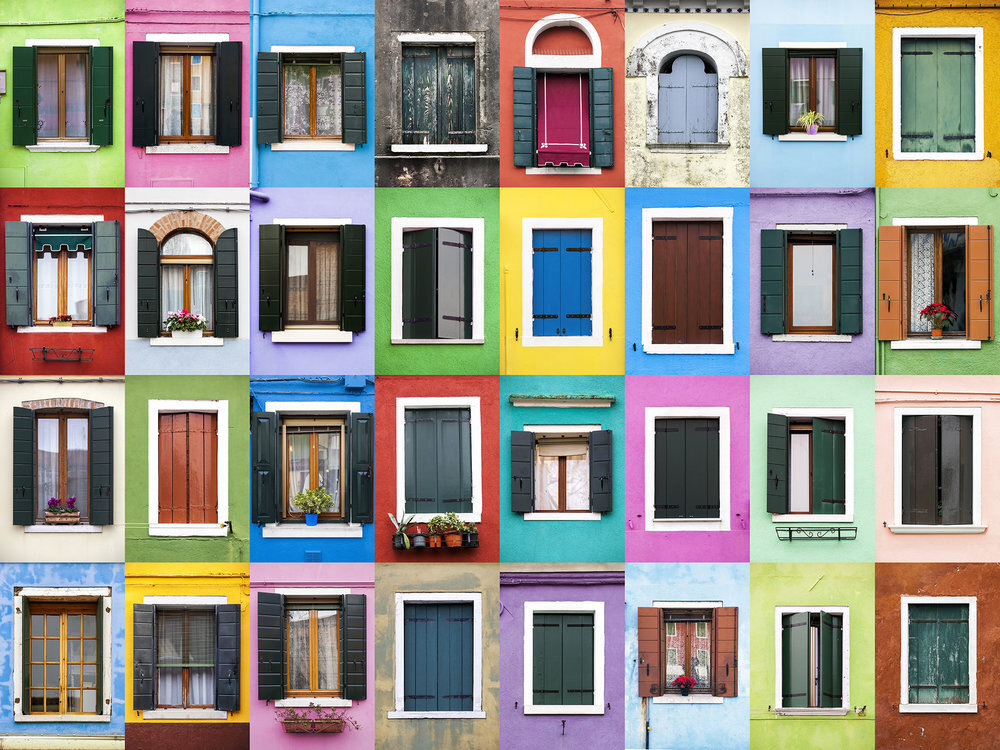the surprising travel trend sweeping instagram : doorways & what they say about our current culture
“There are things known, and things unknown, and in between are the Doors”
image credit andre vincente goncalves
“There are things known, and things unknown, and in between are the Doors”

image credit andre vincente goncalves